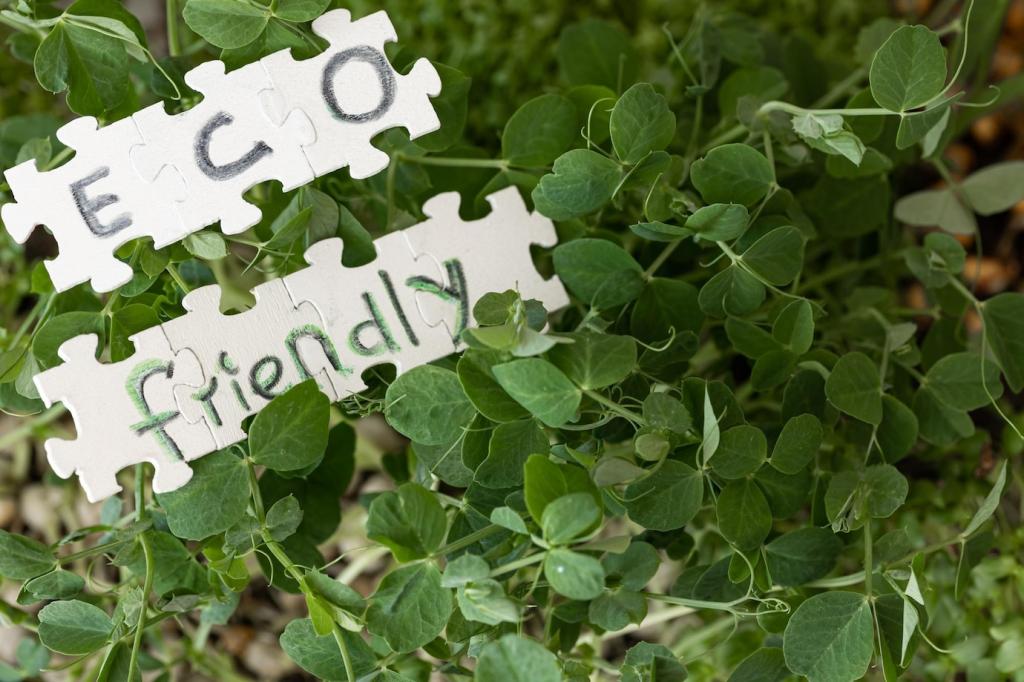Sourcing and Sustainability Choices
Seek supplier certificates of analysis, organic claims when relevant, and clear origin data. Traceability reassures conscientious makers and buyers. Which certifications add real value for you, and which feel like noise? Share examples that build trust.
Sourcing and Sustainability Choices
Peels from juice presses become d-limonene, while regional flax or hemp reduces freight emissions. Partnering with local mills builds community loops. Know a responsible supplier? Drop recommendations to support fellow readers and subscribe for our vetted list.



